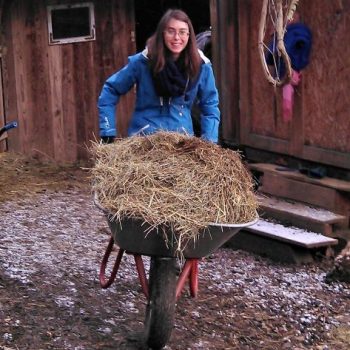Model reconstructions of the last glacial maximum (LGM ~20 000 years ago) in the Antarctic region suggest that all low-lying coastal areas were completely covered by ice – thus wiping out all terrestrial life. If true, this would mean the current biogeography of Antarctic insects is the result of different species colonising quite discrete locations since the LGM. This seems highly unlikely, not least because two of these species, Belgica antarctica (endemic to the Antarctic Peninsula region) and Eretmoptera murphyi (endemic to sub-Antarctic South Georgia) are flightless. Recent/post-LGM colonisation is further debunked by RNA sequencing data, indicating a 49 Myr separation between these two species. Thus, habitat refugia must have existed continuously since Antarctica split from the other Southern Hemisphere continents at least 28 MYA, and we hypothesize that endemic species possess unique adaptations to their respective environments.
Investigating the ecophysiology of these species, and the molecular processes underpinning their stress responses offers incredibly powerful comparative models for probing their evolutionary biology and abilities to cope with climate change. Using microclimate modelling we can also assess each species’ capacity to extend their distribution into other parts of the Antarctic region. Indeed, E. murphyi is already invasive within parts of the maritime Antarctic and it was recently identified that this species is having a significant impact on soil nitrogen levels. In turn, this has potentially significant implications for the low-nutrient adapted plant and lichen communities, as well as the establishment potential of higher ‘alien’ plants.
The project will investigate:
- Adaptations that have allowed Antarctic insects to persist in this extreme environment for millions of years.
- The implications of climate change on their future survival and distribution.
- Broader ecosystem consequences of invasive insect species within the Antarctic region, specifically on soil biogeochemistry.







